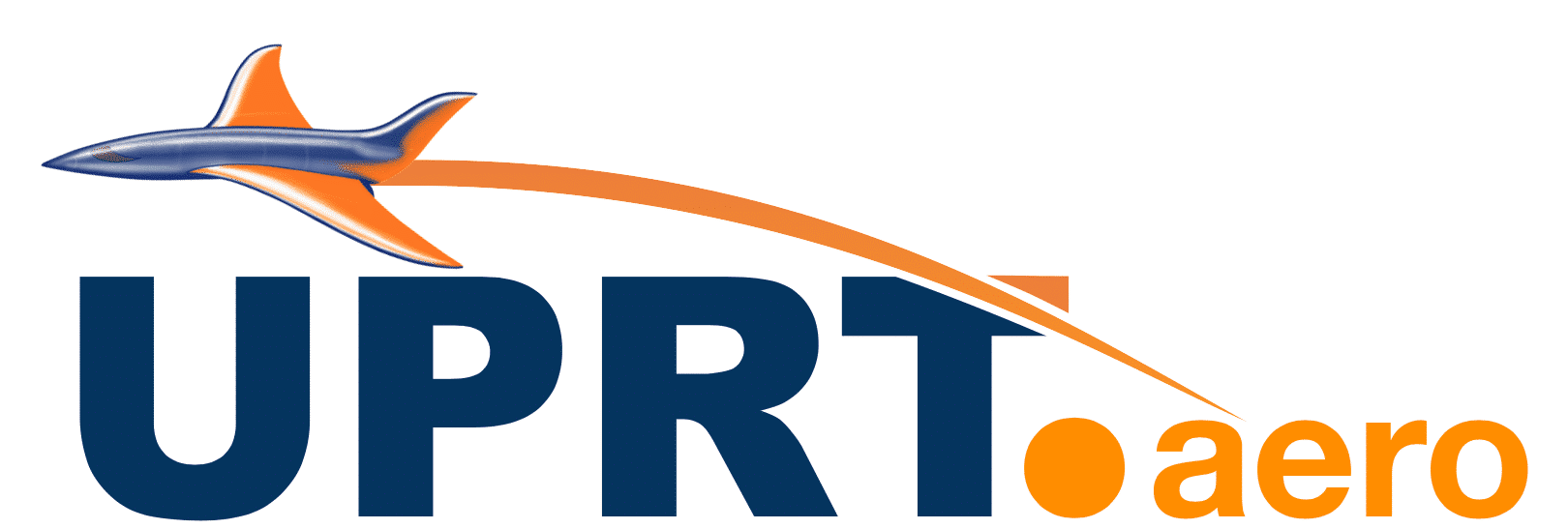The Problem:
If an accident occurs, it’s most likely because the pilot lost control over his/her airplane. The accidents involving AirAsia flight 8501 in December 2014, Air France 447 in June 2009, Turkish Airlines 1751, Colgan Air 3407 in February 2009, and several others are examples.
Industry determined that existing practices can be both ineffective and sometimes even contribute to LOC-I accidents. During a sudden unexpected event, a pilot may apply the incorrect action, thereby making the situation worse.
It is vital that any training considers the interaction between the pilot and the airplane, and helps to ensure that this connection is maintained during all situations.
What is an Upset?
An airplane upset is an undesired aircraft state characterized by unintentional divergences from parameters normally experienced during operations. An airplane upset may involve pitch and/or bank angle divergences, or an aerodynamic stall. These can lead to Loss of Control. Hence, preventing and recovering from upsets is the goal of UPRT.
The most essential part of UPRT is the “P”, or “PREVENTION”: Our training focuses on raising awareness, the recognition of conditions that could lead to upsets, and then systematically training correct intervention techniques for the specific airplane.
